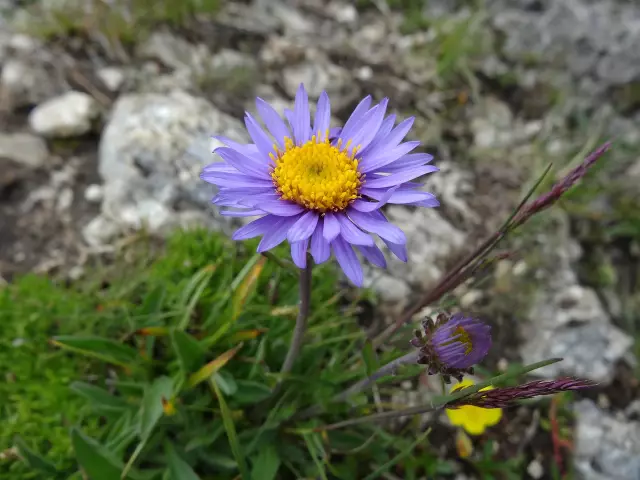- Author Rachel Wainwright [email protected].
- Public 2023-12-15 07:39.
- Last modified 2025-11-02 20:14.
Tripe
A tripe or scar is the front part of a bovine or bovine stomach (first proventriculus). The trebuch looks like lumps of grayish color with noticeable villi. Sometimes a part of the second proventriculus, the so-called mesh, is sold along with it. It differs from tripe by the presence of smooth squares on the mucous membrane instead of villi.

The useful properties of tripe and the rules for its preparation are little familiar to the majority of the population. Therefore, this food item is not often seen on the table. But it is the basis for the preparation of various national dishes. For example, in Scotland, tripe is boiled with oatmeal and seasoned abundantly with pepper and onions. In Poland, they make Warsaw-style flaks from it, and in Korea - heh. Having learned all the secrets of the correct preparation of tripe, you can prepare delicious, nutritious and, last but not least, cheap meals.
Cooking tripe
Before proceeding directly to the culinary processing of the tripe, it must be thoroughly cleaned. To do this, turn it inside out. Clean it as thoroughly as possible from the remnants of the gastric mucosa, which forms a kind of film. Fat from the offal should be completely cut off and discarded. It is not used for cooking, because has a pronounced unpleasant odor. After that, properly rinse the entrails under running water.
To eliminate a specific odor, the purified and washed tripe is soaked for three hours in a light pink solution of potassium permanganate or a weak solution of table vinegar (3%), after which it is thoroughly washed again under running cold water.
Take coarse salt and rub it into the surface of the tripe. Leave it on for half an hour and then rinse again. The tripe can now be used for further cooking.
Trebuha is placed in a saucepan, poured with cold water and brought to a boil over high heat. The water is drained, the tripe is washed under running water, put back in a saucepan and filled with cold water. Bring to a boil. Skim off the foam and cook for five hours over low heat.
Half an hour before the end of cooking, add a few peas of black and allspice, a couple of bay leaves, two medium onions to the pan. Salt to taste. Put the finished offal on a plate and cool.
Braised tripe: cooking
Cut the tripe peeled and boiled as described above into small pieces. Melt a piece of butter in a skillet and fry in it, stirring constantly for fifteen minutes. Season the tripe to taste with ground black pepper and add a few finely crushed garlic cloves to it. Add three tablespoons of tomato paste and about half a glass of hot water to the contents of the pan. Cover and simmer for a quarter of an hour over very low heat.
Stewed tripe can be served with pasta, buckwheat, rice or mashed potatoes as a side dish.

Useful properties of tripe
Many people mistakenly believe that tripe is absolutely useless for the human body food product. But in reality this is far from the case. The tripe contains 97% protein and 4.2% fat. But there are no carbohydrates in it. Therefore, dishes made from it do not lead to an increase in blood glucose levels and can be included in the menu of people with diabetes.
The calorie content of 100.0 g of beef offal is 97 kcal.
Other useful properties of tripe include its beneficial effect on the condition of the skin and mucous membranes, the digestive and nervous systems. They are explained by the B vitamins, macro- and microelements (calcium, magnesium, sodium, potassium, phosphorus, iron and iodine) included in the tripe. In addition, the tripe contains substances with antioxidant properties.
YouTube video related to the article:
Found a mistake in the text? Select it and press Ctrl + Enter.






